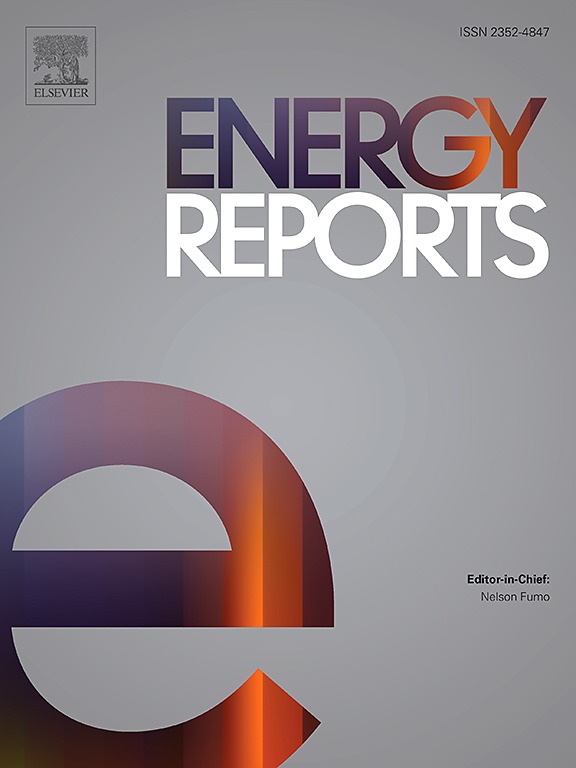Production, investment and financial plan for a "natural gas+" integrated energy enterprise: An assessment using system dynamics and multi-objective optimization model
IF 4.7
3区 工程技术
Q2 ENERGY & FUELS
引用次数: 0
Abstract
This study explores the critical challenge of balancing energy supply, investment efficiency, and profitability during the transition of natural gas enterprises into “natural gas+ ” integrated energy systems. In a dynamic and uncertain environment, these systems face competing objectives: the carbon neutrality, resource optimization, and financial sustainability. To address these complexities, this study proposes a System Dynamics-Multi-Objective Programming (SD-MOP) model, grounded in the “Business-Production-Investment-Financial-Target” (BPIFT) framework, to integrate production, investment, and financial planning. The model incorporates SD to capture dynamic feedback among production, investment, and financial processes; MOP to resolve conflicting goals; Monte Carlo simulations to assess uncertainties across 200 scenarios; and the Non-dominated Sorting Genetic Algorithm II (NSGA-II) to generate Pareto-optimal solutions. Results identify key variables, such as the Reserve Replacement Ratio (RRR) and Single Well Production (SWP), as critical for maintaining system stability. Scenario analyses demonstrate that the model balances competing objectives, achieving a 14 % improvement in energy supply and a 19 % increase in profitability, while highlighting the trade-offs between maximizing energy supply and profitability under manageable investment levels. Overall, these findings establish the model as a practical decision-making tool for integrated energy enterprises, aligning enterprise strategies with sustainability goals.
“天然气+”综合能源企业的生产、投资和财务计划:基于系统动力学和多目标优化模型的评价
本研究探讨了天然气企业向“天然气+ ”一体化能源系统转型过程中,平衡能源供应、投资效率和盈利能力的关键挑战。在动态和不确定的环境中,这些系统面临着相互竞争的目标:碳中和、资源优化和财务可持续性。为了解决这些复杂问题,本研究提出了一个基于“业务-生产-投资-财务-目标”(BPIFT)框架的系统动态-多目标规划(SD-MOP)模型,以整合生产、投资和财务规划。该模型结合SD来捕捉生产、投资和财务流程之间的动态反馈;MOP解决相互冲突的目标;蒙特卡罗模拟评估200种情景的不确定性;非支配排序遗传算法II (NSGA-II)生成pareto最优解。结果确定了关键变量,如储备替代率(RRR)和单井产量(SWP),这些变量对保持系统稳定性至关重要。情景分析表明,该模型平衡了相互竞争的目标,实现了14. %的能源供应改善和19. %的盈利能力提高,同时强调了在可控投资水平下最大化能源供应和盈利能力之间的权衡。总体而言,这些发现为综合能源企业建立了一个实用的决策工具,使企业战略与可持续发展目标保持一致。
本文章由计算机程序翻译,如有差异,请以英文原文为准。
求助全文
约1分钟内获得全文
求助全文
来源期刊

Energy Reports
Energy-General Energy
CiteScore
8.20
自引率
13.50%
发文量
2608
审稿时长
38 days
期刊介绍:
Energy Reports is a new online multidisciplinary open access journal which focuses on publishing new research in the area of Energy with a rapid review and publication time. Energy Reports will be open to direct submissions and also to submissions from other Elsevier Energy journals, whose Editors have determined that Energy Reports would be a better fit.
 求助内容:
求助内容: 应助结果提醒方式:
应助结果提醒方式:


